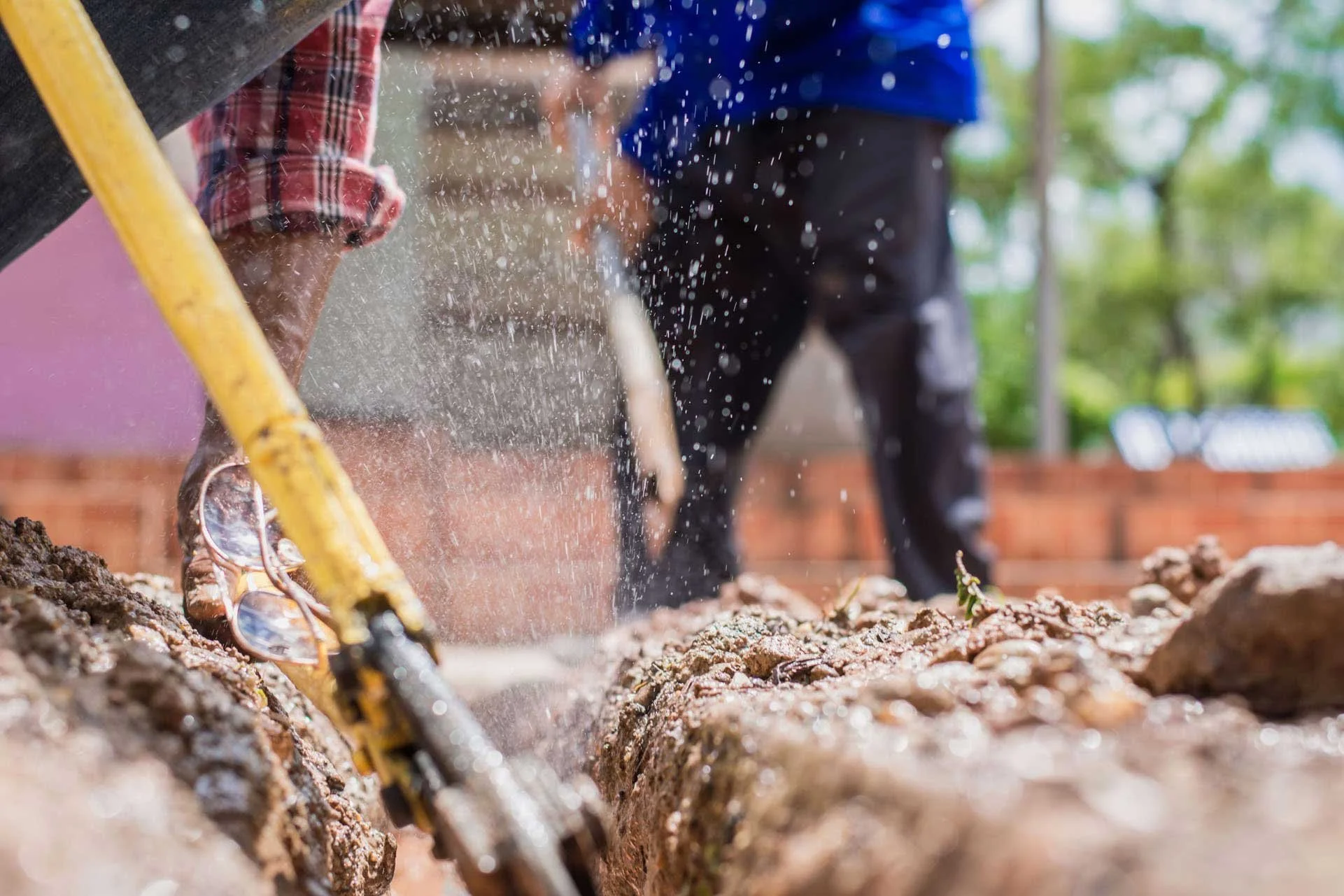Electromagnetic Induction Technology
Reduce your risk of costly damages and project delays ->
The most advanced equipment to ensure your job site is marked with complete accuracy.
GeoSearch Services, LLC uses both electromagnetic induction (EM) and ground penetrating radar (GPR) technology to locate and map buried underground utilities. Each method has its pros and cons and are meant to compliment one another. A thorough job of buried underground utility locating cannot be completed without the use of both technologies.
Standard EM locating equipment is great for locating most telecom, electrical, and gas lines but it has many limitations, especially non-metallic lines or non-conductive lines. Another problem with standard EM locating include sites where multiple lines are laid next to one another causing the target signal to "bleed" onto non-target lines. Additionally, standard EM locating equipment is easily affected by background signal interference and cannot detect other buried utilities or structures.
There are two methods to use EM induction technology. Conductive or direct methods are used when access to a metallic surface and proper grounding is possible. When direct access is not possible, the induction or indirect method is used. A signal can be induced into the ground above the utility with the transmitter or an inductive clamp can be used to send an EM signal into the underground line. The induction method is not as accurate as the conductive method but it is a great tool when used properly on some of the more challenging locates.
Electromagnetic Induction is the most widely used technology for locating buried utilities and services, and is very effective.
EM allows us to locate and trace utilities, as well as estimate their depths. Electromagnetic Induction consists of two steps. First, a transmitter is used to transfer electrical current to the buried utilities and objects. Next, a receiver is used to analyze the transmitted signal, and localize the position and depth of the buried objects.
The Electromagnetic Induction Scanner is a good first tool to use on large sites. The scanners are simple to use and easy to carry. Data can be collected fast and the device does not have to be in contact with the ground as does the Ground Penetrating Radar Technology equipment. It is far easier to collect data with the carried Electromagnetic Induction Scanner on sites where there may be overgrown grass, tall weeds, or rocks.
After scanning, each of the detected utilities that lie below the surface are then identified on top of the ground by spray paint or flags of bright colors. Each color tells the next person at the site what buried objects or utilities are there.



